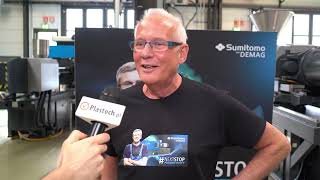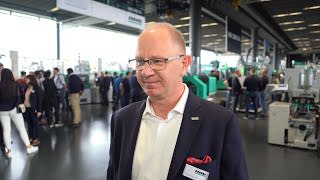 German specialty chemicals firm Lanxess has announced that it will proceed to invest another 200-million-euro to build a second new neodymium polybutadiene rubber (Nd-PBR) plant in Singapore on September 11 this year.
German specialty chemicals firm Lanxess has announced that it will proceed to invest another 200-million-euro to build a second new neodymium polybutadiene rubber (Nd-PBR) plant in Singapore on September 11 this year.Lanxess is targeting the 140,000-metric ton/year plant on Jurong Island to start up in the first half of 2015 to meet Asia’s growing demand for green tyres. (US$1=0.76 euro).
Engineering work has advanced considerably since last June when the company announced it had selected Singapore as the site for the new plant.
“I am delighted to announce that it is now full steam ahead for the second largest investment project in our company’s history,” said Lanxess chairman, Axel C. Heitmann, at an event in Singapore to sign contracts with key suppliers.
Petrochemical Corporation of Singapore (Private) Limited (PCS) is investing in new facilities to ensure long-term supply of butadiene, the raw material needed to produce Nd-PBR.
Akira Yonemura, PCS managing director, said: “This new investment will strengthen PCS’s competitive position and we look forward to working with Lanxess for the successful completion and start-up of both our new plants.”
TP Utilities Pte Ltd, a wholly-owned unit of Tuas Power Ltd, will supply steam to the Nd-PBR plant for an initial 10-year period. TP Utilities is adding 650 tons per hour of steam capacity to its existing biomass-clean coal cogeneration plant on Jurong Island, which currently has 500 tons per hour of steam capacity and 100 MW of electricity generation capacity.
“We thank Lanxess for continuing to show strong confidence in our services by selecting TP Utilities again as a key supplier to its latest milestone project,” said Lim Kong Puay, president and CEO of Tuas Power Ltd, and director of TP Utilities Pte Ltd.
With this investment, Lanxess is staking its claim as the market leader for Nd-PBR used in green tyres, the fastest growing segment in the tyre industry, with an annual global growth rate of about 10%. Asian demand is even more pronounced, growing by 14% a year.



